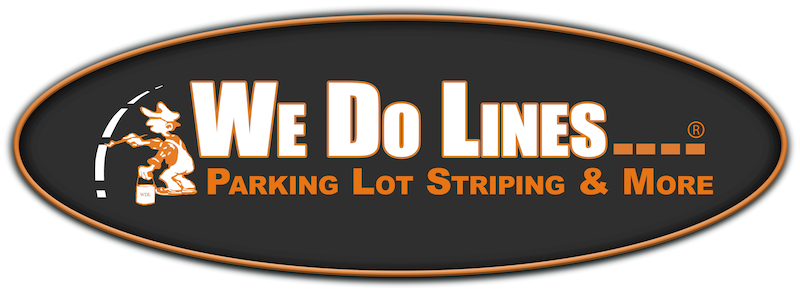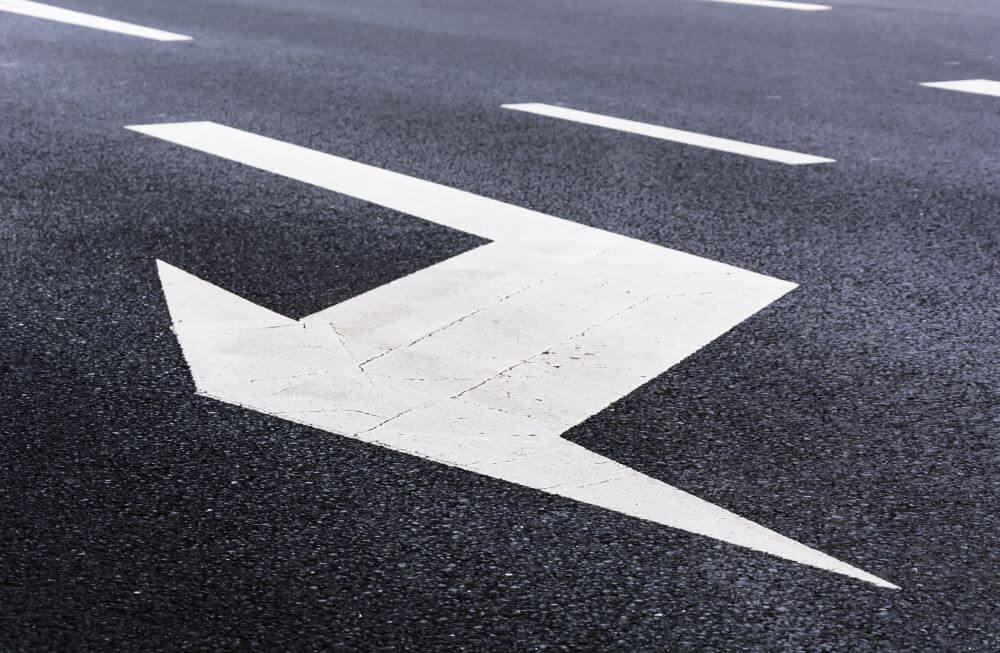Effective traffic management is crucial in commercial spaces where pedestrian and vehicular movement must be seamlessly integrated to maintain safety and efficiency. Professional signage plays a pivotal role in achieving this goal by providing clear guidance, enforcing regulations, and enhancing overall organization. From parking lots and driveways to retail centers and office complexes, professionally designed and strategically placed signage creates an environment where everyone—drivers and pedestrians alike—can navigate with confidence.
This blog explores how professional signage optimizes traffic flow, reduces accidents, and enhances the overall experience in commercial spaces, benefiting businesses, customers, and communities.
The Importance of Traffic Flow in Commercial Spaces
Commercial spaces, including malls, business parks, and large parking lots, experience high volumes of traffic daily. Efficient movement is critical to:
- Safety: Poorly managed traffic increases the risk of accidents involving vehicles and pedestrians.
- Convenience: Smooth navigation enhances the customer experience and minimizes frustration.
- Operational Efficiency: Proper flow ensures businesses run seamlessly, without disruptions caused by bottlenecks or confusion.
Professional signage is the cornerstone of effective traffic flow, providing guidance that keeps people moving safely and efficiently.
Types of Professional Signage for Traffic Management
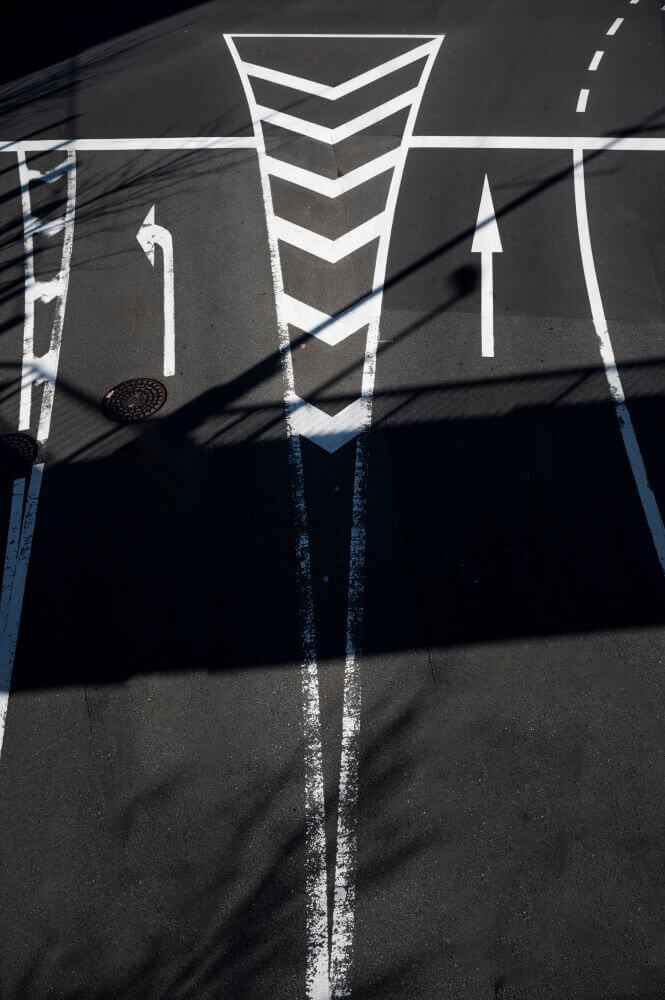
Different types of signage address specific traffic needs in commercial spaces. These include:
- Directional Signage Purpose: Guides vehicles and pedestrians to the appropriate areas, such as exits, parking spots, or building entrances. Examples: “Entrance,” “Exit,” “One-Way,” and “Loading Zone” signs.
- Regulatory Signage Purpose: Enforces rules and regulations to ensure safety and compliance. Examples: “Stop,” “Yield,” “No Parking,” and speed limit signs.
- Informational Signage Purpose: Provides useful details to enhance convenience. Examples: “Parking Levels,” “Restroom This Way,” or “Reserved Parking.”
- Safety Signage Purpose: Warns of potential hazards and promotes caution. Examples: “Pedestrian Crossing,” “Caution: Slippery When Wet,” or “Watch for Forklifts.”
- Custom Signage Purpose: Tailored to meet the unique needs of a specific space or business. Examples: Signs with business branding, special event directions, or reserved spaces for VIPs.
How Professional Signage Enhances Traffic Flow
Clear Guidance for Drivers and Pedestrians:
Professionally designed signage eliminates confusion by providing clear, visible directions.
Signs placed strategically at key decision points ensure that drivers and pedestrians know exactly where to go, reducing unnecessary delays and bottlenecks.
Improved Safety:
Regulatory signs help prevent accidents by reinforcing traffic laws, such as speed limits and stop requirements.
Safety signs warn of potential hazards, such as crosswalks, blind spots, or construction zones, protecting pedestrians and drivers alike.
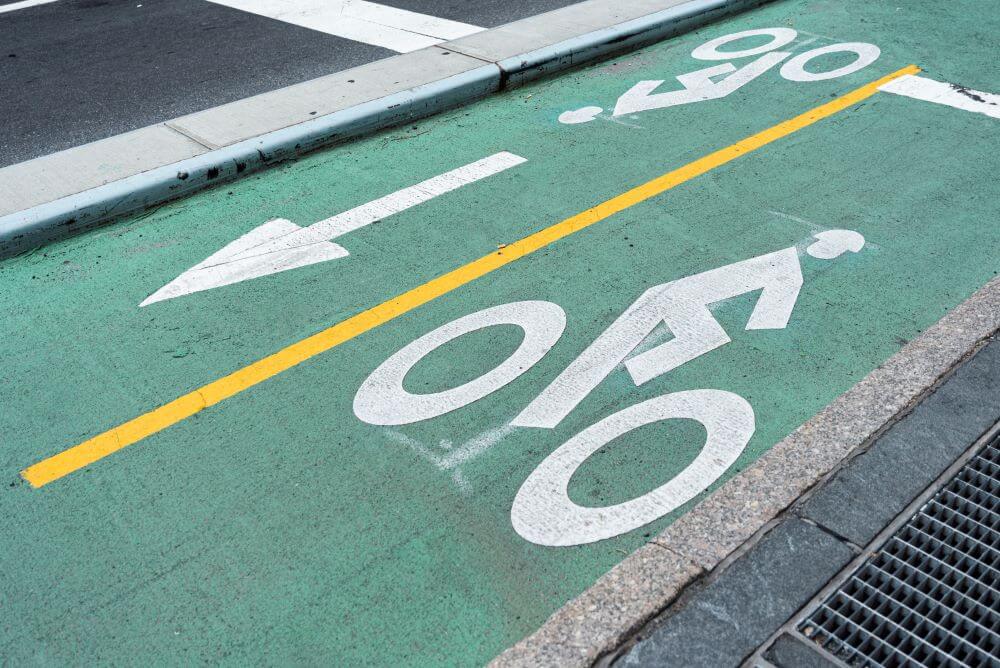
Efficient Parking Lot Navigation:
Parking lot signage, including lane indicators, reserved parking markers, and level designations, simplifies the process of finding a spot, reducing congestion.
ADA-compliant signs ensure accessible parking is easy to locate, creating an inclusive environment.
Enhanced Pedestrian Movement:
Clearly marked pedestrian walkways and crossings encourage safe interaction between vehicles and foot traffic.
Informational signs guide pedestrians to exits, elevators, or building entrances, streamlining movement.
Minimized Delays and Congestion:
Directional signs placed at entry and exit points prevent vehicles from circling aimlessly. Regulatory signs, such as “No Left Turn” or “Keep Right,” ensure vehicles move efficiently without causing disruptions.
Consistency and Familiarity:
Professional signage adheres to industry standards, making it instantly recognizable and easy to understand.
Consistent signage across a property builds trust and familiarity, encouraging repeat visits.
The Role of Design in Effective Signage
The design of professional signage is just as important as its placement. Well-designed signs are:
- Visible and Legible: High-contrast colors, large fonts, and appropriate lighting ensure visibility, even in low-light conditions.
- Simple and Direct: Concise messaging avoids confusion, with symbols and arrows providing quick comprehension.
- Durable and Weatherproof: Materials like aluminum, reflective coatings, and UV-resistant finishes ensure signs remain functional and easy to read over time.
- Aesthetic and On-Brand: Custom signs with logos and color schemes reinforce the business’s identity while maintaining a professional look.
The Benefits of Professional Signage for Businesses
Investing in professional signage offers several advantages for businesses operating in commercial spaces:
- Enhanced Customer Experience: A well-organized space with clear signage minimizes frustration, improving customer satisfaction and loyalty.
- Increased Safety and Compliance: Proper signage reduces liability risks by ensuring compliance with safety standards and ADA regulations.
- Operational Efficiency: Reduced congestion and streamlined movement allow businesses to function without unnecessary delays.
- Positive Brand Image: Custom-branded signage demonstrates professionalism and attention to detail, leaving a lasting impression on visitors.
Best Practices for Implementing Signage in Commercial Spaces
To maximize the effectiveness of professional signage, consider the following:
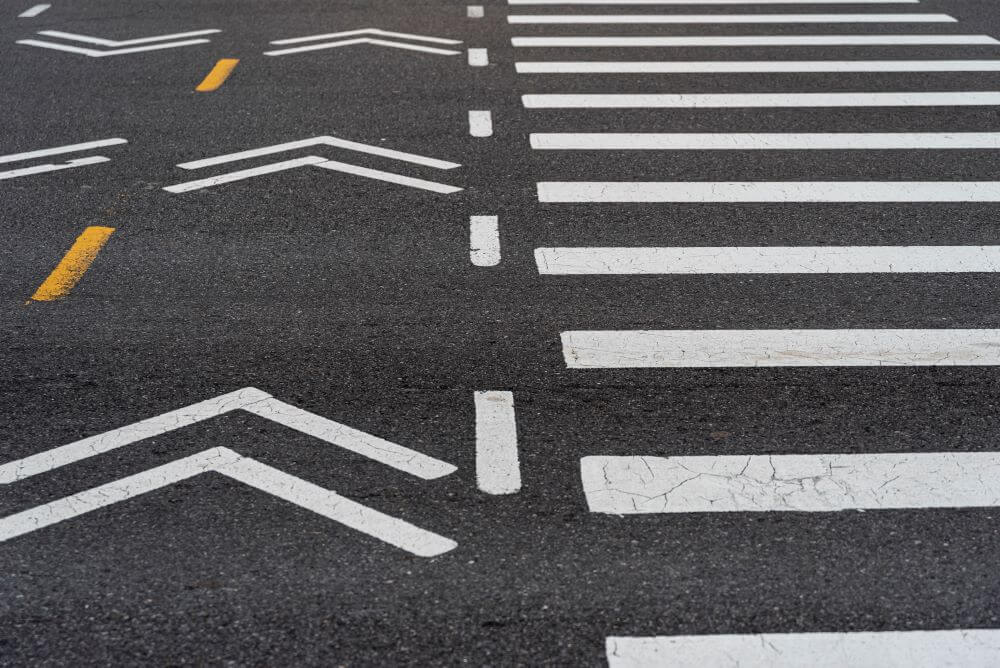
Conduct a Traffic Flow Assessment: Analyze the space to identify high-traffic areas, potential bottlenecks, and key decision points.
Prioritize Visibility: Ensure signs are placed at eye level and use lighting or reflective materials for visibility in all conditions.
Use Standardized Designs: Incorporate universally recognized symbols and colors for clarity and consistency.
Regular Maintenance: Inspect and clean signs regularly, replacing damaged or faded ones to maintain their effectiveness.
Incorporate Custom Solutions: Tailor signage to the unique needs of the property, ensuring it aligns with the business’s goals and branding.
Conclusion
Professional signage is an essential component of traffic management in commercial spaces. By providing clear guidance, improving safety, and streamlining movement, it enhances the experience for drivers, pedestrians, and businesses alike. From directional signs that reduce congestion to branded markers that reinforce a professional image, signage transforms chaotic spaces into well-organized environments.
For businesses, investing in high-quality signage is not just about compliance—it’s about creating a space that prioritizes efficiency, safety, and customer satisfaction. With well-designed and strategically placed signage, commercial spaces can function smoothly while leaving a positive, lasting impression on every visitor.
At We Do Lines, we specialize in creating professional, durable, and customized signage solutions to meet your unique needs. Whether you need directional signs, parking lot striping, or branded markers, our team is here to help.
Visit us online at wedolines.com or contact us today to learn more about our services and how we can transform your commercial space with expertly crafted signage. Let’s work together to create a safer, more efficient, and organized environment for your business.
